Reducing the impact of disasters on people with disabilities
Disaster events are a regular and increasing occurrence in our world due to climate change. CBM coordinates with local organisations, donor countries and partners with links to affected communities to provide fast disaster relief and international aid in response to the sudden and often catastrophic impacts of a disaster event.
Disaster events can change landscapes beyond recognition and impact entire regions, countries and communities. For people with disabilities and other at-risk groups, their situation can be much more devastating as they are often forgotten or left behind when a disaster strikes.
Disaster aid, risk reduction and recovery are also important in regions where war or conflict has displaced large numbers of people.
Our progress in disaster risk management
CBM works in many countries that experience regular disaster events. These may be weather-related or linked to existing earthquake and volcanic fault lines.
Our organisation has fought to ensure that the most vulnerable people in disaster preparation and relief efforts are now part of international agreements such as the Sendai Framework for Disaster Risk Reduction and the Sustainable Development Goals.
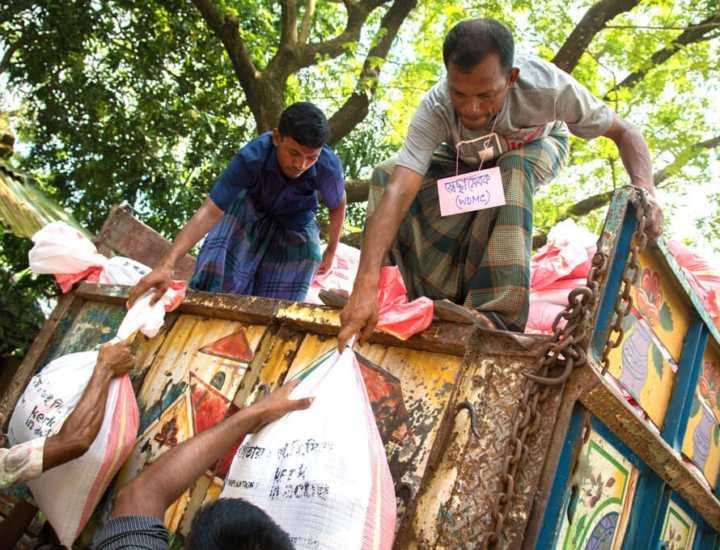
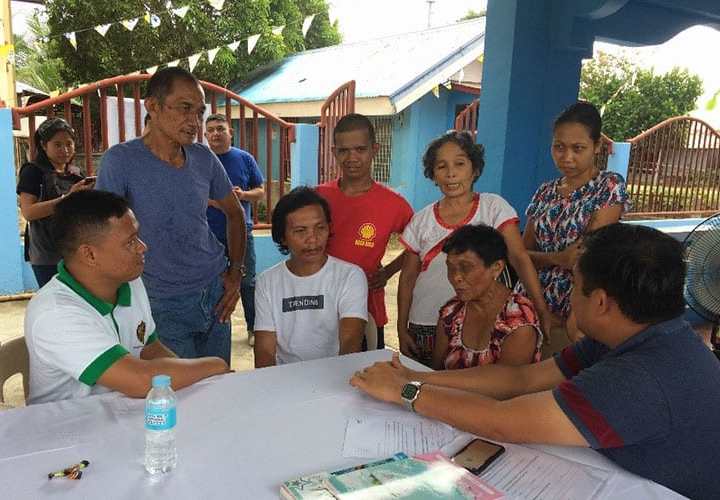
Focusing on inclusive disaster risk reduction
People with disabilities and other at-risk groups such as the elderly people, pregnant women, and children are often excluded from disaster preparation or forgotten in government and community planning.
Consequently, when disaster strikes, it is harder for them to get to shelters and safe areas due to physical barriers and a lack of accessible information.
The poorer the setting, the more devastating the economic impact on people with disabilities.
Our organisation continues to generate funds alongside our partners and supporters to ensure disability-inclusive disaster risk reduction and recovery planning is activated in developing countries.
Community development in pre-disaster planning
CBM sees disaster risk reduction as a vital aspect of community-based development. It is important that people in local government and communities understand what to do at a time of disaster and to ensure people with disabilities are included in those plans.
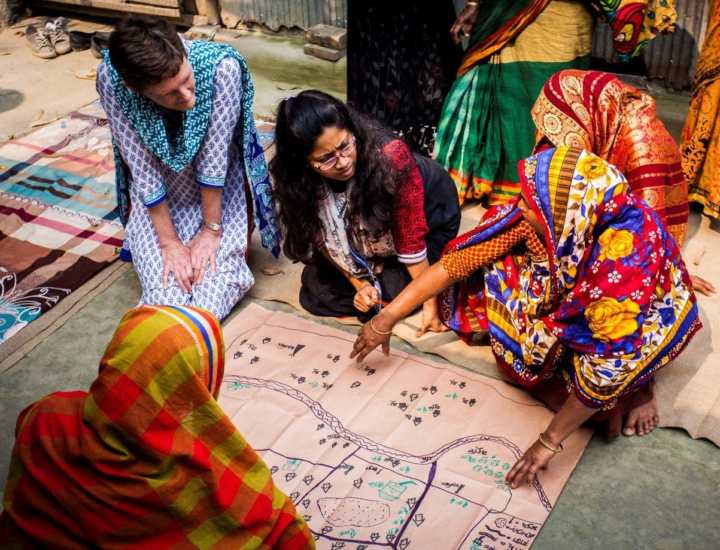
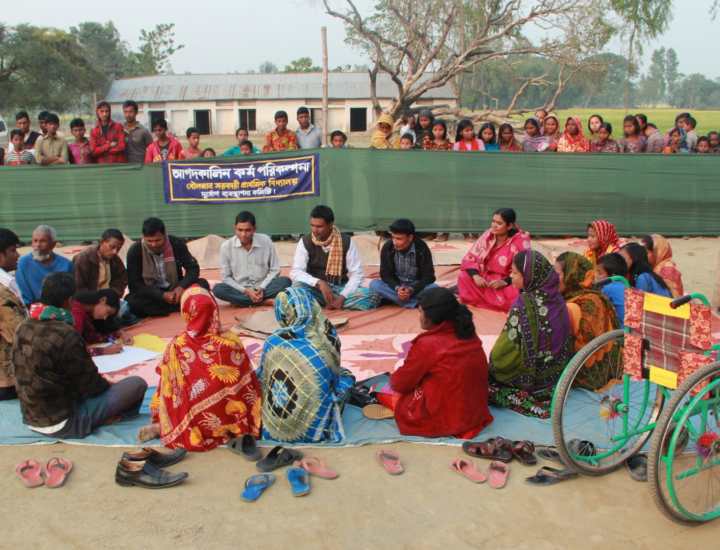
Empowering people with disabilities
In order to build resilience, CBM and our international aid partners extend resources and essential services to the world’s most at-risk groups. This means supporting organisations of people with disabilities, self-help groups and other institutions in setting up partnerships to benefit the whole community.
We also encourage people with disabilities to assist with evacuation drills and disaster awareness-raising campaigns in their own country, region or community.
When these different elements are in place, people with disabilities are empowered, the risk to vulnerable people is reduced and the whole community benefits from being more informed and prepared in the event of a disaster.
What is important when planning for disasters?
People with disabilities are systematically excluded from disaster management activities, putting them at greater risk than people without disabilities.
The CBM Inclusion Advisory Group was supported by the Australian Government to consult people with disabilities and find out their experiences with recent disasters. They were asked what needs to be done to ensure their safety.
Their highest priorities were:
- Accessible early warning messages
- Participation from people with disabilities in meetings about pre-disaster planning
- Making evacuation centres fully accessible (including transport)
- Allocating budget for accessibility in disaster risk management activities.
Research showed 93% of respondents had personally experienced a disaster in the past three years. But fewer than half of people surveyed had been involved in any disaster risk management or reduction activities.
Disaster relief alliance
CBM, Australia’s leading disability inclusive humanitarian aid and development organisation, joined 16 Australian humanitarian aid organisations to launch the Emergency Action Alliance (EAA).
These humanitarian organisations joined forces to guide how Australians can contribute and donate during international crises by coordinating campaigns, fundraising and advocating for Australian aid through the government’s international development program.
The EAA aid program aims to improve support and humanitarian assistance to people affected by large-scale overseas disasters, particularly those countries most vulnerable to climate change, like in the Pacific and Southeast Asia.
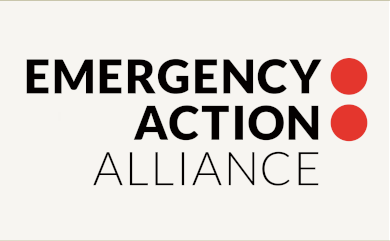
Our Latest Stories
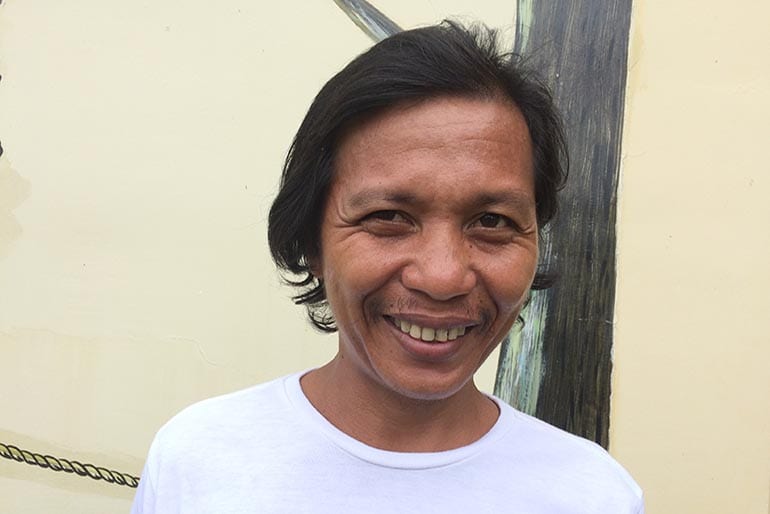
Gershon promotes disability inclusive disaster risk reduction in his village
Gershon is a 40-year-old farmer who has always worked on the land. He doesn’t talk much about the reason why he has, in his words, a “bad leg”, which makes getting around slower and harder.
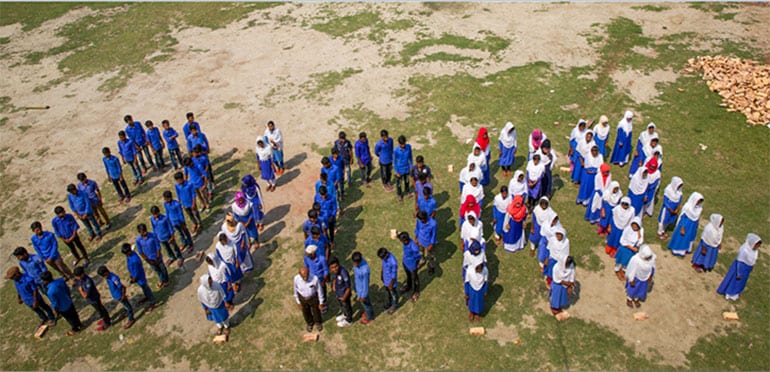
How we can reduce the impact of disasters on people with disabilities
Close to 200 million people globally are affected by disaster events each year. This is increasing due to climate change. Everyone deserves to have equal access to safety during disasters, yet people with disabilities are often the worst affected when a disaster strikes.
